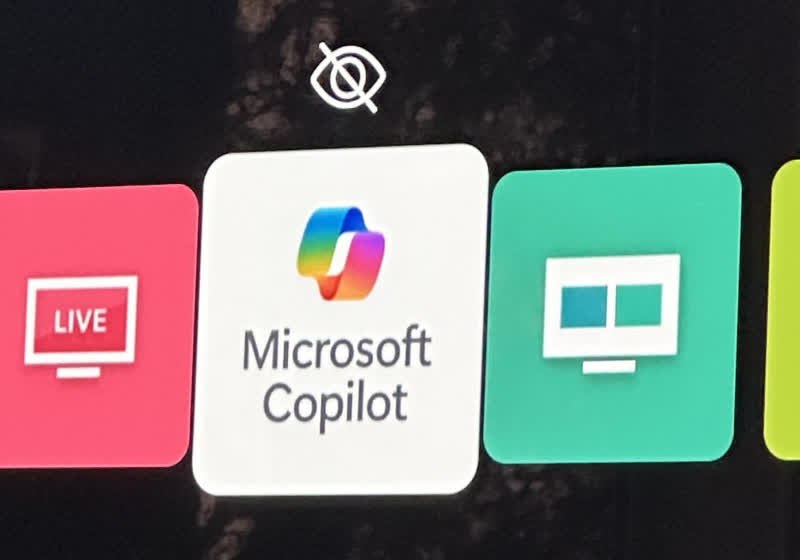In a show-stopping second test flight, Blue Origin’s New Glenn stuck the landing and successfully sent NASA’s ESCAPADE mission to Mars on Thursday. These milestones mark the beginning of a new era for Jeff Bezos’s megarocket, establishing it as a strong competitor in the heavy-lift launch market.
New Glenn’s 2026-2027 launch manifest will be the true test, however. Blue Origin is preparing to deliver cargo and crew landers to the lunar surface, launch new hardware to deploy and maneuver satellites, and expand the Amazon Leo constellation (formerly known as Project Kuiper). These ambitious missions will provide further opportunities for New Glenn to prove itself as a dependable heavy-lift workhorse.
Following the success of Thursday’s launch, New Glenn could soon begin launching national security payloads. The Space Force is now entering the final stages of a review process to grant the rocket a National Security Space Launch (NSSL) certification. Blue Origin currently holds an NSSL Phase 3 Lane 2 award, under which the Space Force plans to tap the company for about seven missions starting in fiscal year 2026.
In case you missed Thursday’s launch, here’s a brief recap before we dive into what’s coming down the pike for New Glenn.
The rocket lifted off from Cape Canaveral Space Force Station at roughly 3:55 p.m. ET. Its ascent burn, stage separation, and fairing jettison were all clean as a whistle. Following separation, the booster completed a successful re-entry burn and landed intact on a barge in the Atlantic Ocean—a major first for Blue Origin. Just before 4:30 p.m. ET, New Glenn deployed NASA’s twin ESCAPADE probes, sending them off on an 11-month-long journey to Mars.
New Glenn sets its sights on the Moon
For its next trick, New Glenn will launch a prototype Blue Moon Mark 1 (MK1) lunar lander. The mission, dubbed “Pathfinder,” is currently scheduled for sometime in January 2026, though Blue Origin’s senior director of civil space, Jacqueline Cortese, has said the company could launch an MK1 demonstration mission before the end of the year.
MK1 is a cargo lander designed to eventually ferry up to 3 tons of payload to the lunar surface. It’s a stepping stone to the MK2 crew lander, which NASA has contracted for the Artemis 5 mission.
New Glenn will launch the MK1 prototype into low-Earth orbit, where it will circle the planet three to four times before performing a maneuver to enter a more elliptical orbit. After completing one more lap around Earth, the lander will execute another maneuver to adjust its trajectory toward the Moon. It will take roughly a week to reach lunar orbit and finally touch down on the surface.
MK1 will be carrying a NASA payload called SCALPSS (Stereo Cameras for Lunar-Plume Surface Studies). This array of cameras will be placed around the base of the lunar lander to collect imagery during and after descent, gathering critical data to assist future Moon landings and improve NASA’s understanding of how they affect the lunar surface.
This proof-of-concept mission will be a key step toward the development of MK2, as the two landers will share much of the same hardware. New Glenn is slated to launch an MK2 prototype sometime in late 2027.
Next stop, satellite deployment
Two missions will also test New Glenn’s ability to reliably deploy satellites for both government and commercial purposes in 2026, though their timing remains uncertain.
The megarocket will launch Firefly’s Elytra Mission 1, which aims to demonstrate the capabilities of the Elytra spacecraft. This orbital vehicle is designed to maneuver satellites. The mission will also test Xtenti’s FNTM-RiDE satellite dispenser.
Sometime in mid-2026, New Glenn will launch its first batch of Amazon Leo satellites, adding to the current constellation of more than 3,000. Amazon Leo is Bezos’s rival to Elon Musk’s Starlink, aiming to provide global, high-speed broadband internet.
Needless to say, New Glenn has a busy year ahead. The success of its most recent test flight has set high expectations for the rocket heading into 2026. We’ll see if it continues to deliver.








 English (US) ·
English (US) ·